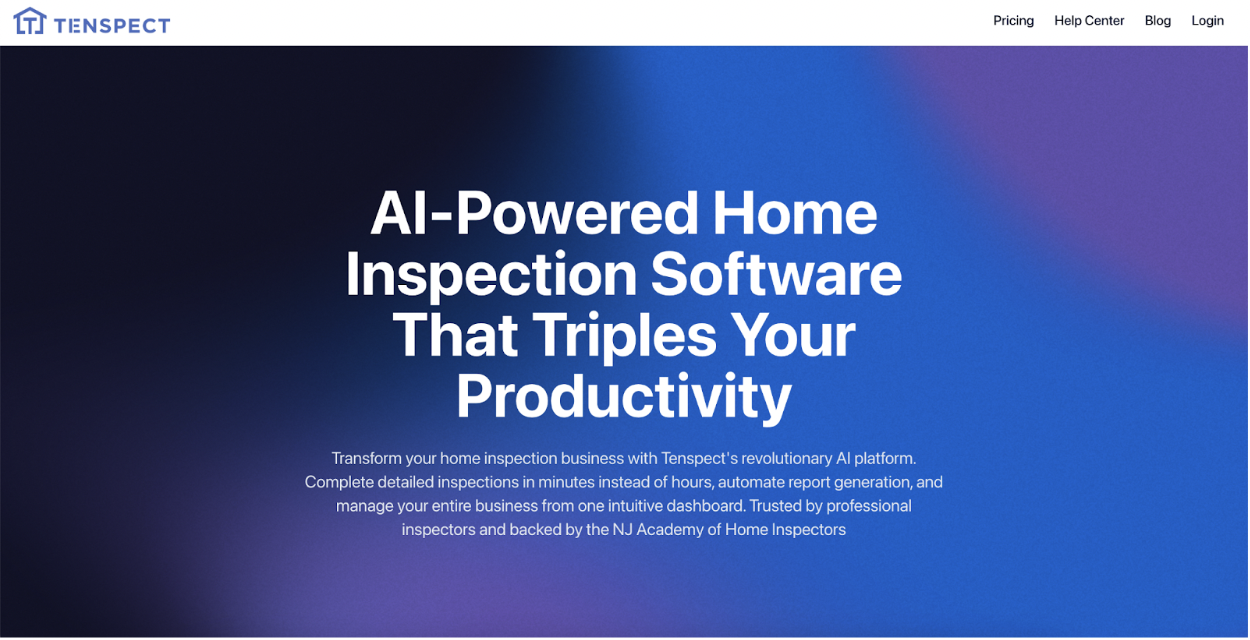The AI Tools Shaping How We Work in 2025
Discover how AI is quietly transforming work in 2025—powering smarter learning, faster creation, and real-world productivity through tools like BeFreed, Runway, and Tenspect.

In 2025, artificial intelligence isn’t about futuristic promises. It’s about quiet efficiency. The tools gaining real traction today aren’t shouting for attention. Instead, they quietly improve how we learn, build, and make decisions.
This year, the most impactful AI platforms aren’t necessarily the flashiest. They’re the ones built around usefulness, integration, and clarity. Whether you're a content creator, a real estate professional, or simply someone trying to manage your time better, you're likely using AI-driven systems that just work—no extra noise, no steep learning curve.
Let’s explore five emerging trends in AI that are defining how work gets done in 2025, including a few tools that are leading this transformation behind the scenes.
Trend 1: Learning, Condensed
Traditional self-education tools are being reimagined. In a time of shrinking attention spans and packed calendars, new AI-driven platforms are helping users grasp big ideas in minutes, not hours.
These systems use natural language processing and machine learning to summarize nonfiction books, distill dense concepts, and serve curated insights based on interest or behavior. One standout approach allows users to browse by topic—like entrepreneurship or behavioral science—and access thoughtful summaries designed for high retention.
You can explore a sample here through Befreed, where weekly content updates make it easy to stay current and grow consistently over time.

It’s a shift from passive content consumption to targeted cognitive nourishment—small inputs, meaningful outputs.
Trend 2: Generative Video That Feels Cinematic
Short-form content isn’t the only video trend gaining traction. 2025 is also the year AI is stepping into high-production creative work. From motion design to VFX to fully generated video scenes, AI tools are becoming powerful collaborators in storytelling.
One of the clearest examples is the evolution of platforms like Runway. Once a niche toolkit for AI art, it now powers full video workflows, helping editors and creators generate realistic scenes, remove objects, simulate camera movement, or create entire video sequences from text prompts.

What’s driving adoption isn’t just automation. It's that these tools augment imagination. They give creators the freedom to test and iterate without expensive equipment, long timelines, or large teams.
Runway’s newest updates make it possible to animate concepts, replace actors, or simulate cinematic lighting—all with intuitive interfaces and browser-based performance.
It’s a peek into how AI is quietly transforming creative labor from the inside out, not replacing humans, but expanding what one person can build.
Trend 3: AI in the Real World
Not all breakthroughs in AI are digital. In 2025, some of the most transformative applications are happening in real-world industries like real estate and insurance, where AI is augmenting traditional, manual tasks.
Consider how home inspections have historically been done—subjective, inconsistent, and time-consuming. Today, new platforms are using computer vision to scan inspection photos and flag key issues like water damage, mold, roof wear, and structural risks.
The results are faster, more accurate reports—making life easier for inspectors, agents, and homeowners alike.
One example uses AI to convert field data into condition scores and visuals for property listings and claims processing. You can see how it works through Tenspect.

This trend points to a future where AI quietly strengthens professional judgment, not replaces it.
Trend 4: Quiet Interfaces, Context-First Design
The most effective AI in 2025 isn’t conversational but contextual.
Instead of requiring constant prompts or interactions, new systems learn from behavior and surface help before you even ask. Think:
- Suggesting a video template based on your recent topic
- Offering a book summary aligned with your goals
- Auto-sorting files and folders based on project context
- Flagging unusual patterns in inspection or finance workflows
This is where AI becomes truly valuable, not as a talking assistant, but as a subtle companion that pays attention and responds intelligently.
Context-aware tools are helping professionals move faster by reducing clicks, switching costs, and repetitive decisions.
Trend 5: Intelligence That Understands the Domain
One-size-fits-all AI is no longer cutting it. Today’s top-performing tools are deeply specialized, trained for specific industries and workflows.
Instead of being general-purpose copilots, these systems are tuned for:
- Home inspectors
- Real estate brokers
- Content creators
- eCommerce operators
- Analysts and finance pros

They offer structured outputs, use niche vocabularies, and plug into tools their users already trust. For instance, one platform applies AI to home inspections, helping professionals evaluate property conditions and produce reliable documentation at scale. Explore the platform: Tenspect.
Similarly, tools built for content creators offer not just creative outputs, but frameworks and insights designed around from books, like Befreed.
What they all have in common: they understand what their users actually do.
Where AI Is Going Next
The most impactful tools of 2025 are being built on a few shared principles:
- Precision over generality
- Low friction, high depth
- Industry integration, not just tech novelty
- Support, not replacement
These systems don’t seek to replace human thought or labor. Instead, they offer structure, speed, and signals that let people focus on decisions, not process.
As AI evolves, expect more products that:
-
Respect your time
-
Enhance your judgment
-
Deliver results behind the scenes
The future isn’t about more apps but more about clearer workflows and sharper outcomes.







